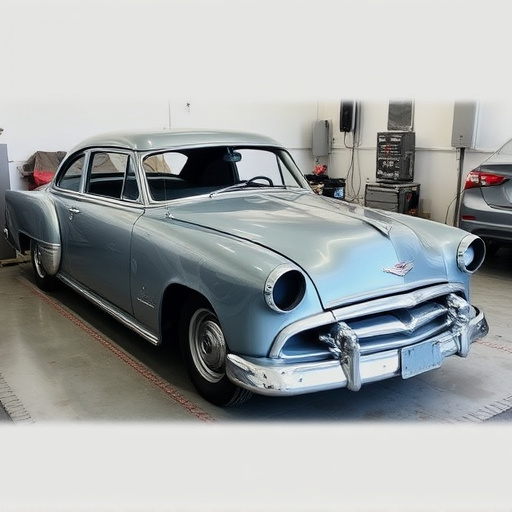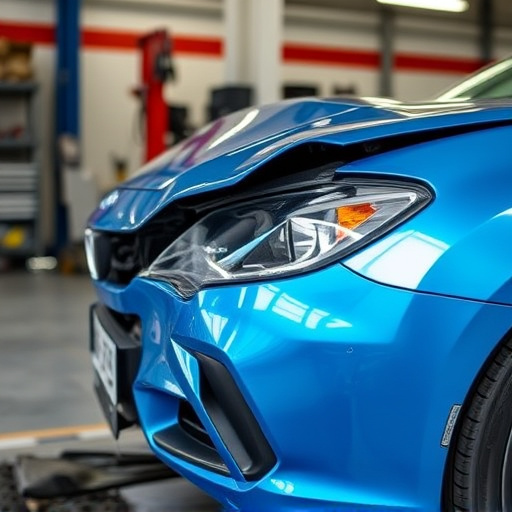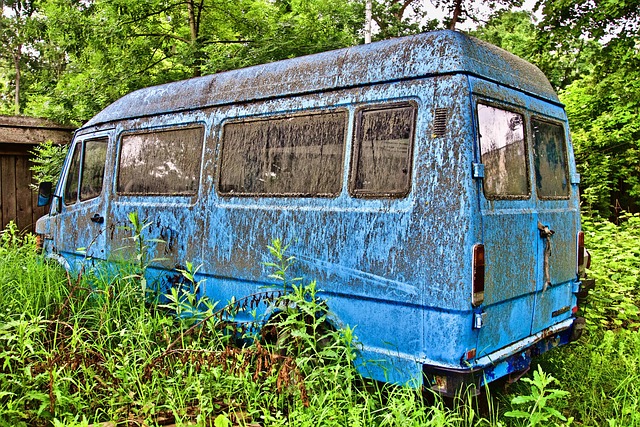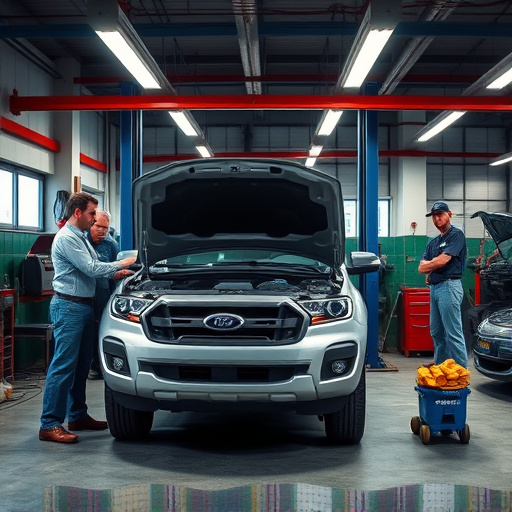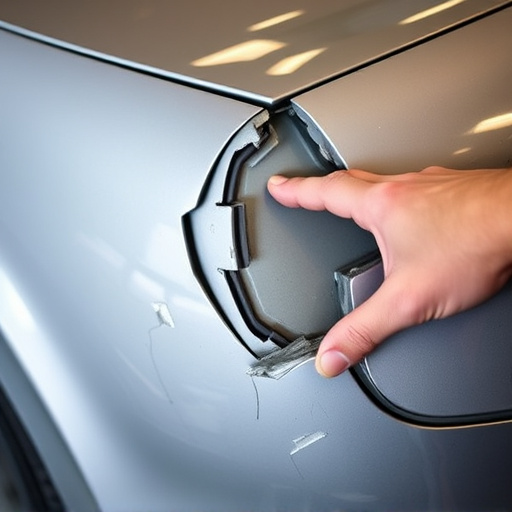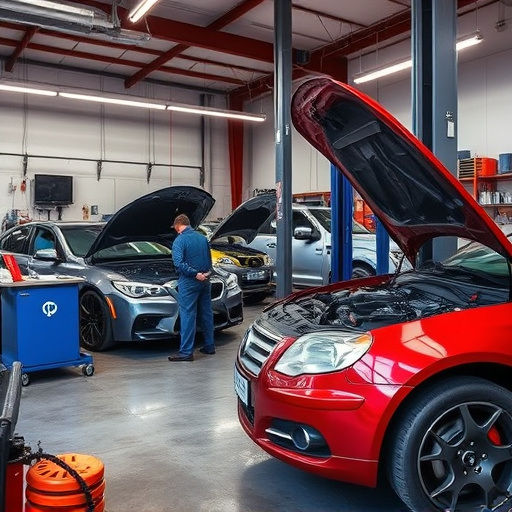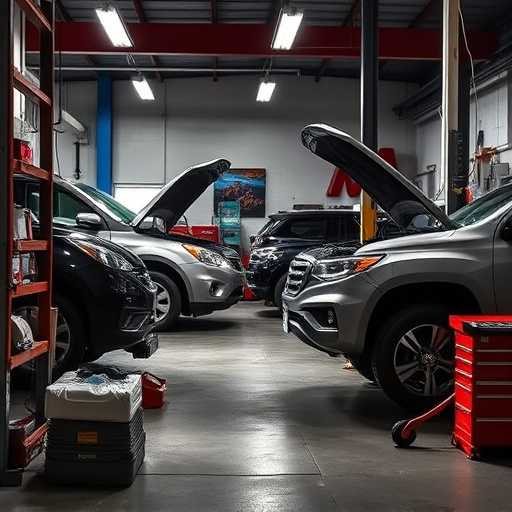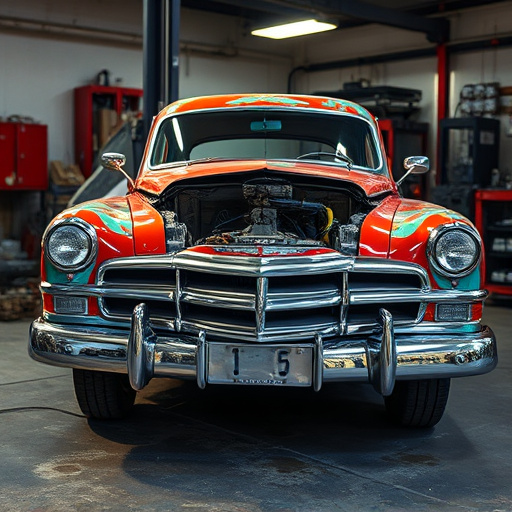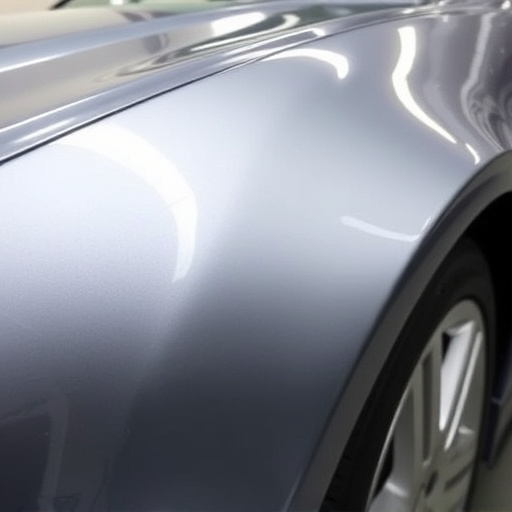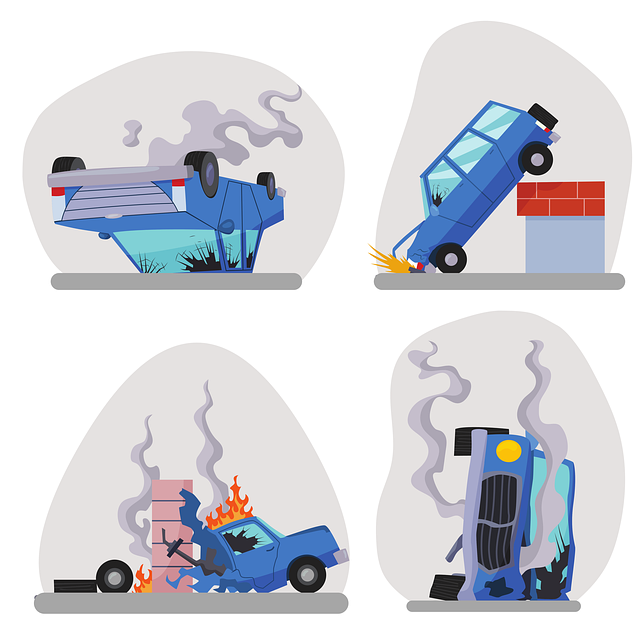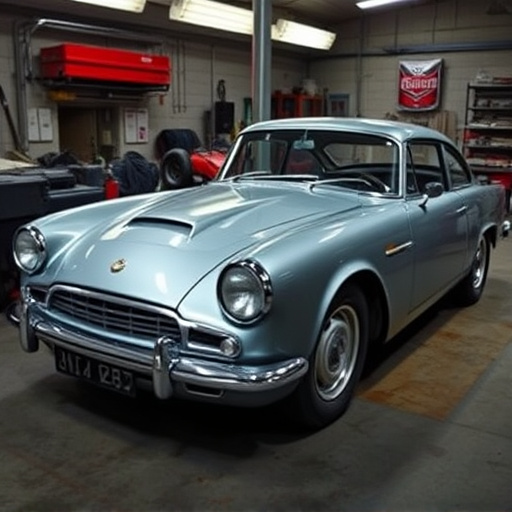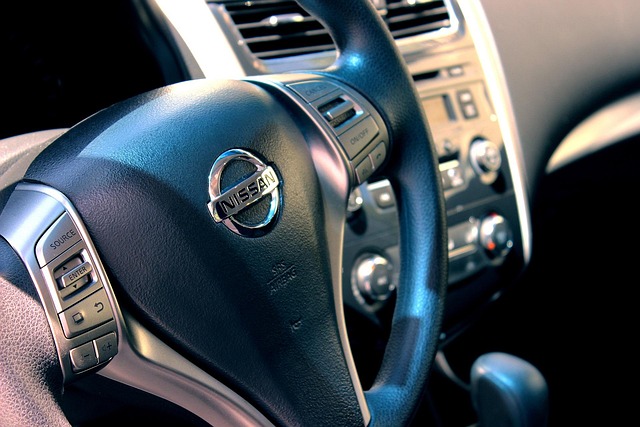Tesla's stringent factory specifications drive innovation and quality in manufacturing, ensuring safety and performance benchmarks for electric vehicles (EVs). These guidelines govern material sourcing and assembly procedures, promoting compatibility with OEM parts for seamless repair and maintenance, including Mercedes Benz repairs. Maintaining these specs is vital for collision centers and body shops to avoid compatibility issues with aftermarket or non-OEM parts, preserving aesthetic and mechanical harmony in Tesla vehicles.
“Tesla, a pioneer in electric vehicle manufacturing, has long been synonymous with cutting-edge technology. This article delves into the intricate world of Tesla’s factory specifications and their impact on OEM (Original Equipment Manufacturer) parts compatibility. We explore how Tesla maintains rigorous standards, discuss the challenges of ensuring universal part fitting, and highlight the importance of precise alignment between parts and specifications for optimal vehicle performance.”
- Unveiling Tesla's Manufacturing Standards
- Understanding OEM Compatibility Challenges
- Ensuring Quality: Parts and Specifications Alignment
Unveiling Tesla's Manufacturing Standards
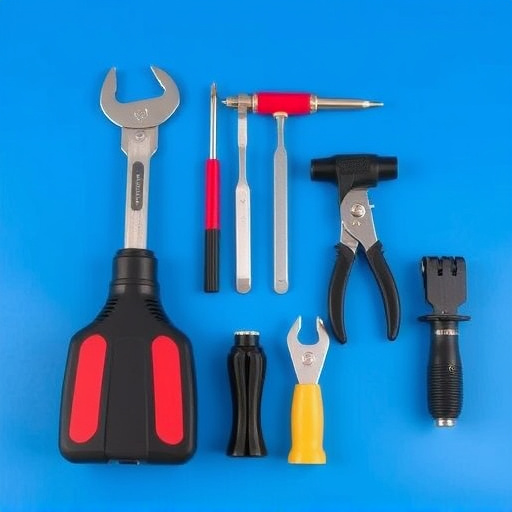
Tesla’s manufacturing standards are a reflection of its commitment to innovation and quality. The company’s factory specifications set a high bar for itself, ensuring that every vehicle produced meets stringent safety and performance criteria. By adhering to these rigorous standards, Tesla maintains its reputation as a leader in electric vehicle (EV) technology.
These specifications encompass various aspects of production, from materials sourcing to assembly processes. For instance, Tesla prioritizes the use of high-quality components and materials, ensuring not just durability but also environmental sustainability. This dedication to excellence extends beyond the production line; it includes compatibility with OEM parts, facilitating efficient automotive repair and maintenance for both Tesla and other vehicle brands, even in the case of Mercedes Benz repair or similar luxury car models.
Understanding OEM Compatibility Challenges
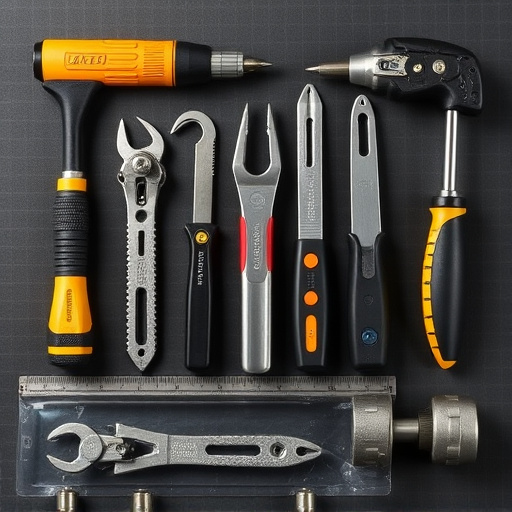
Tesla vehicles, known for their cutting-edge technology and sleek design, come with specific factory specifications that are crucial to maintaining their performance and aesthetics. However, when it comes to parts replacement or repairs, understanding OEM (Original Equipment Manufacturer) compatibility challenges is essential. One of the primary issues lies in ensuring that aftermarket parts seamlessly integrate with Tesla’s unique vehicle systems without compromising safety or warranty validity.
As Tesla continues to innovate, keeping up with changing factory specifications can be a hurdle for auto collision centers and vehicle body repair shops. The complexity increases when dealing with rare or specialized components, as finding compatible OEM parts becomes more difficult. This is where the expertise of certified Tesla technicians and their access to official Tesla OEM parts play a vital role in accurately repairing or replacing parts while adhering to the brand’s standards.
Ensuring Quality: Parts and Specifications Alignment
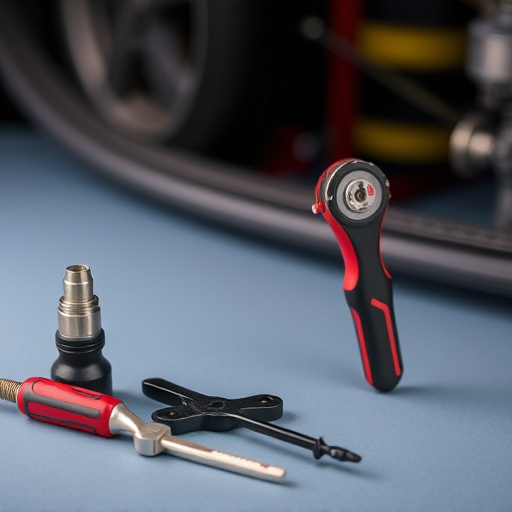
Maintaining quality standards is paramount when it comes to Tesla factory specifications and ensuring compatibility with OEM (Original Equipment Manufacturer) parts. Every component in a Tesla vehicle is meticulously designed and engineered to meet specific performance criteria. When replacing or repairing parts, especially after incidents like a collision repair shop visit or a simple vehicle dent repair, adhering to these precise specifications is crucial. This ensures that the vehicle retains its optimal functionality and safety features, which are among the brand’s key selling points.
For instance, when considering classic car restoration projects involving Teslas, aligning replacement parts with the original factory specifications becomes even more critical. Aftermarket or non-OEM parts may look similar on the surface, but they could differ in dimensions, material composition, and manufacturing tolerances, leading to compatibility issues. Thus, for any repair or modification, whether it’s a collision repair shop undertaking a complex overhaul or a dedicated enthusiast meticulously restoring an old model, sticking to Tesla factory specifications guarantees both aesthetic and mechanical harmony.
Tesla’s commitment to innovation extends to its manufacturing processes and parts compatibility. By setting stringent factory specifications, the company ensures a consistent quality standard across its vehicles. However, navigating OEM (Original Equipment Manufacturer) parts compatibility challenges is crucial for maintaining this integrity. Ensuring that replacement parts align with Tesla’s precise specifications is vital for optimal performance and safety, solidifying the brand’s reputation for cutting-edge technology and reliability.

